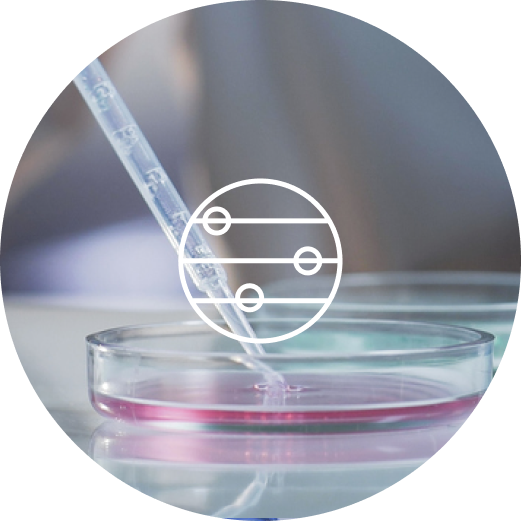What is structure-activity relationship (SAR)?
The structure-activity relationship (SAR) is the relationship between the structure and biological activity of a molecule.
Analyzing the SAR for a given molecule allows researchers to identify the chemical group responsible for provoking a biological effect of interest. An understanding of this chemistry allows for changing the type of effect or strength of drugs by altering the chemical structure and the biological activity.
Why is the structure-activity relationship useful in drug discovery?
The structure-activity relationship is a critical concept used in the development of new compounds, especially in drug discovery.
The SAR can also be used to characterize existing molecules. Using existing data about structurally similar compounds, scientists can make predictions about the biological effects and activity of new chemical compounds.
Similar compounds typically have relatively similar physical and biological properties. SAR in drug discovery provides a useful starting point for new compound discovery and reduces the time and complexity of developing new therapeutics.
Analysis software and SAR in drug discovery
Understanding the structure-activity relationship is critical in efficient and effective drug discovery and development. However, a conceptual understanding alone is not enough to make the most use of this relationship.
Effective scientific data analysis and visualization software can help improve performance and productivity. SAR-focused digital tools allow researchers to identify correlations and construct molecular models to help predict biological activity.
This use case requires access and manipulation of data, incorporating an array of different tools. With Dotmatics, scientists have access to high-performance data visualization and analytical tools that support scientific decision-making. For example, researchers can conduct cheminformatics analyses, even using SAR.



